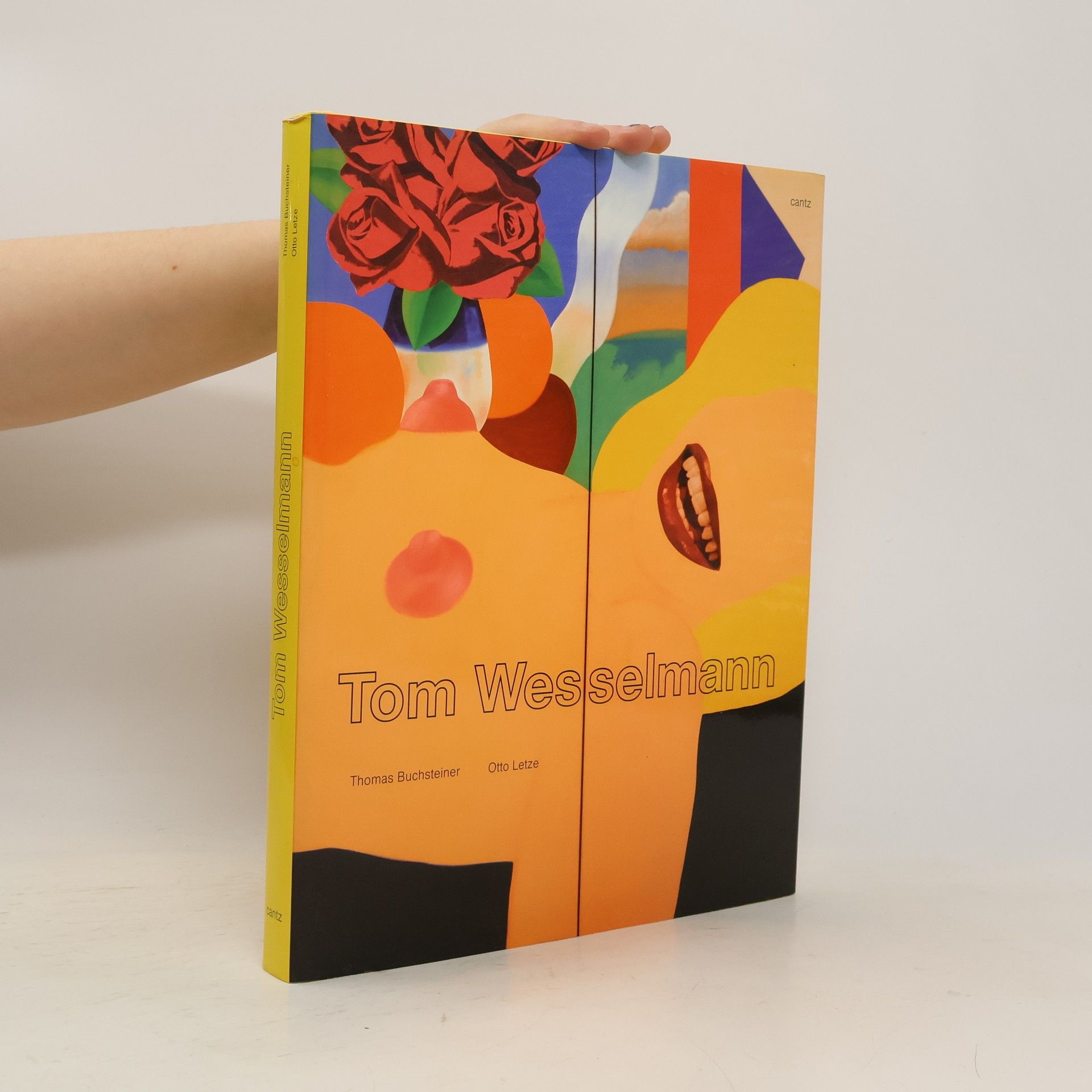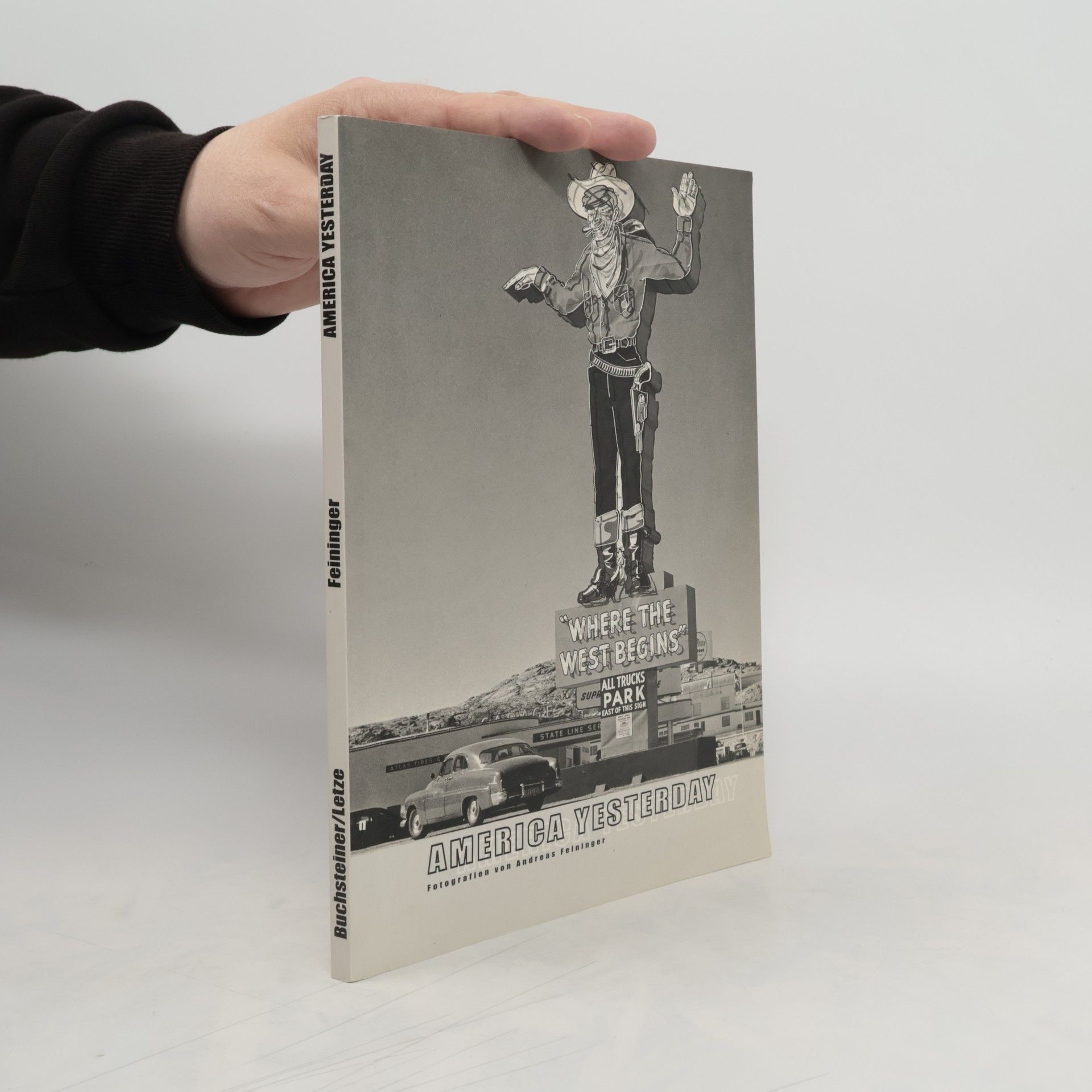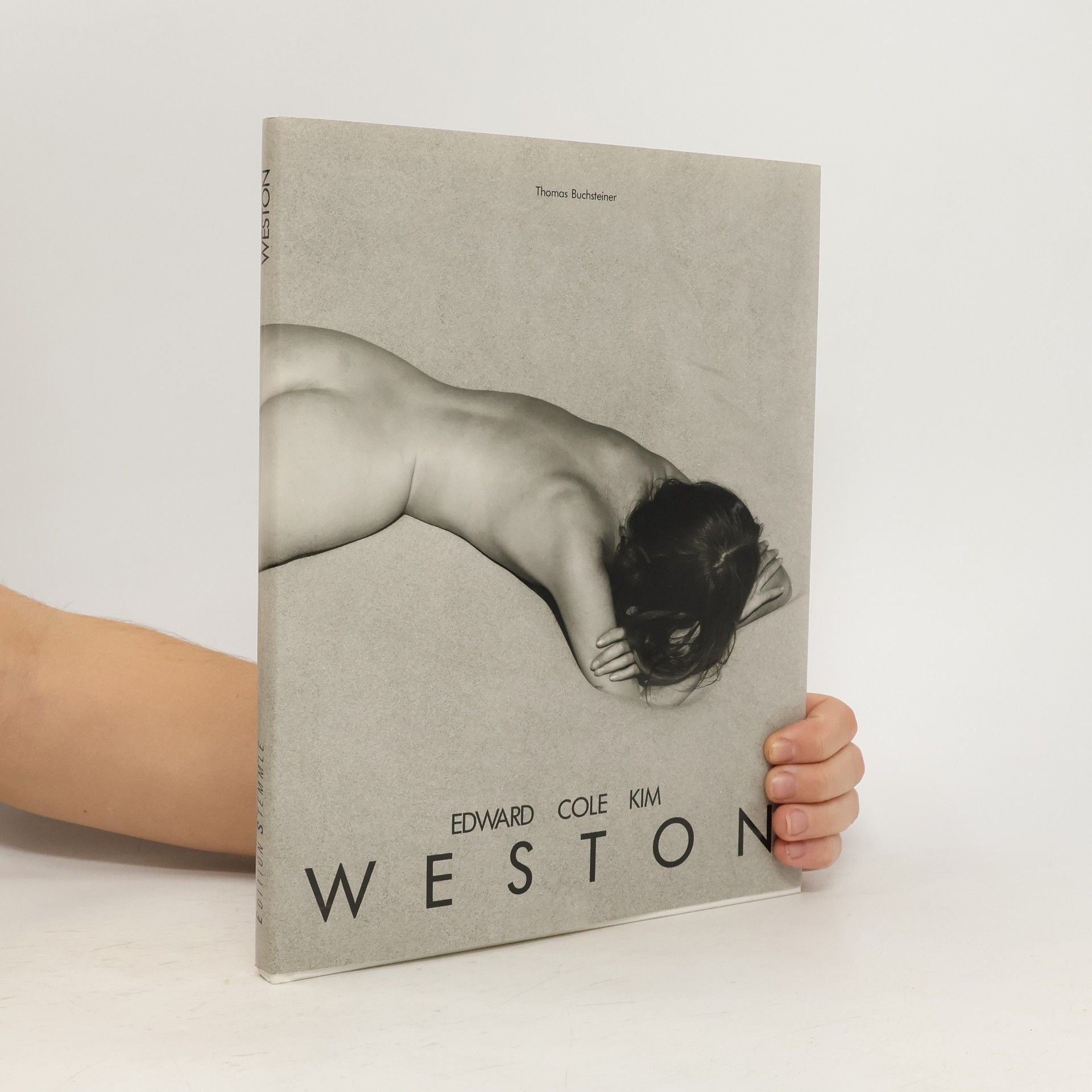Andreas Feininger - that's photography
- 320pages
- 12 heures de lecture
Die Grundprinzipien der fotografischen Arbeit von Andreas Feininger, 1906 als ältester Sohn des Malers Lyonel Feininger in Paris geboren, sind Klarheit, Einfachheit und Organisation. Am Bauhaus in Weimar zu Beginn der zwanziger Jahre zum Kunsttischler ausgebildet, studierte er anschließend an den staatlichen Bauschulen in Weimar und Zerbst Architektur. Zunächst Architekturfotograf in Stockholm, emigrierte er mit Ausbruch des Zweiten Weltkrieges nach New York. Als Bildredakteur beim Life-Magazin angestellt, hielt er immer wieder Straßenschluchten, Wolkenkratzer, Brücken und Hochbahnen in atmosphärisch dichten, mittlerweile zu Klassikern gewordenen Aufnahmen fest. Mit derselben Begeisterung widmete er sich auch Naturstudien. Seine Detailaufnahmen von Insekten, Blumen, Muscheln, Holz und Steinen verleihen deren Formen einen skulpturalen Charakter. Die Monografie gibt mit einer Vielzahl hervorragender Duplexbilder einen Überblick über das grandiose Werk des 1999 verstorbenen Fotografen. Ausstellung: Galerie der Stadt Stuttgart 7.5.-1.8.2004 · Weitere Stationen in Europa






